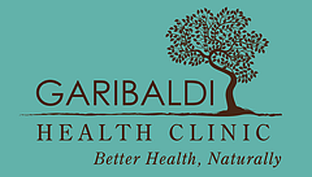The Liver
Although we tend to think of the human heart as the body’s most faithful servant, beating away all our lives, it is the liver that is the real work horse.
Day in and day out, the liver processes more than a litre of blood a minute, performing more than 500 different functions such as fighting off infection, neutralizing toxins, manufacturing hormones and proteins, regulating blood sugar and beneficial cholesterol, and helping to clot the blood when needed.
At about three pounds, it is the largest organ in our body and it is also the only organ that can regenerate itself, growing new cells to replace dead ones. Surgeons need only to transplant a portion of a liver from a donor, and it will grow in the recipient to normal size. (The liver is located above and to the right of the stomach and just beneath the diaphragm.)
Like any good work horse, the liver is also uncomplaining. Exposed as it is to so many toxins and sources of infection, it is subject to more than 100 different diseases, and yet the symptoms are often so muted that patients can go on for years, unaware that their liver is unhealthy. It will continue to function even when it is two-thirds destroyed.
Easily the best known liver disease is cirrhosis, because of its association with alcohol abuse. In fact, cirrhosis is the final stage of many liver diseases, particularly hepatitis, which in the type C form is the leading reason for transplants. Chronically inflamed, the liver accumulates scar tissue faster than cells can regenerate, slowing and eventually stopping the flow of blood.
Obesity, not alcohol, however, is the leading cause of liver disease in Canada, linked to a condition called Fatty Liver disease. Fat accumulates, much as scar tissue does with cirrhosis, to the point where blood flow is blocked.
This is a classic example of excess, because the liver, in fact, is the main regulator of fat in the body – provided it is not overloaded. It manufactures lipoproteins, which transport fat and cholesterol from the tissues. And it is the liver that produces most of the energy we derive from fats, storing the excess and releasing it as we need it. (The liver is a storage site for many things: excess glucose, a 1-2 year supply of vitamin A, and up to four months worth of vitamins D and B12.)
Carrying the heavy load of responsibilities that it does, the liver deserves an occasional break. The best holiday you can give it is detoxification through diet – lots of water, fresh vegetable or fruit juices, and whole foods in moderate quantities – plus abstinence from alcohol, tobacco and other toxic substances.
This may be difficult for many of us to achieve, especially in the holiday season. But think of this cleansing as something worth doing at any time of year. Freed of its normal heavy load of digestive duties, your body can turn to producing energy, more beneficial sleep and stress relief. Your liver, that most willing and able servant, will thank you again and again.
©Dr. Ashely Gordon, 2005

